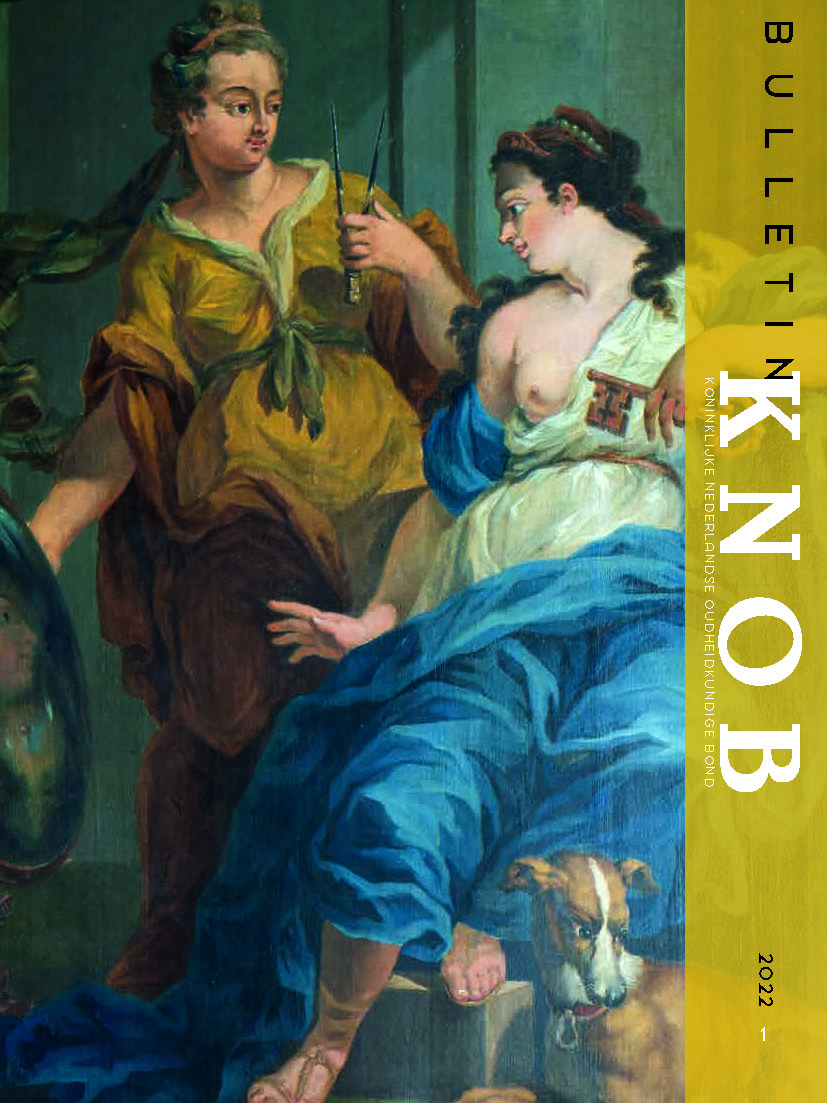Indexing ESCI / Scopus


Articles
Anne Schram and Kees Doevendans Contemporary but not modern. The architecture of Arnold Ingwersen Jojanneke Clarijs A merchant widow's salon. Eighteenth-century decorative paintings in a Rotterdam house
Book reviews
Paul P.J. Overvoorde, “Als het maar tot iets leidt…”. Mr. Dr. J.C. Overvoorde (1865-1930): Strijder voor erfgoed en feminisme (review Wim Denslagen)
Heidi Deneweth, Goede muren maken goede buren. Verbouwingen en buurtleven in Brugge 1500-1800 (review Minke Walda)
Hein van der Bruggen, Erik Caris en Luc Wolters (red.), De Munsterabdij van Roermond (review Bart Zwegers)
Herman van Bergeijk, Het architectonisch werk van A.J. Kropholler (1881-1973). De zwaarte van de materie (review Yvonne van Mil)
Willem van der Ham, Johan van Veen, meester van de zee. Grondlegger van het Deltaplan (review Han Meyer)
Sjettie Bruins, M.J. Granpré Moliêre. Architectuur en stedenbouw als beroep en als culturele opdracht in de 20ste eeuw (review Herman van Bergeijk)
The Amsterdam architect Arnold Ingwersen (1882-1959) left behind a substantial body of work, yet it is still largely undocumented and has left very few traces in Dutch architectural history. One reason for this was Ingwersen's lack of affinity with the architectural world of his day; in the 1920s and 1930s he did not belong to any of the movements now regarded as of historical importance. His orthodox Protestant views were incompatible with those of his modernist confreres.
As an introduction to the work of Arnold Ingwersen, this article first sketches his background: his...
In the middle of the eighteenth century, the so-called Koopmanshuis (Merchant’s House) at Rechter Rottekade 405-407 in Rotterdam underwent a substantial renovation that resulted in the present facade, staircase, and first-floor reception room with decorative paintings. The iconography of the paintings raises questions about their meaning, maker and client. In order to elucidate the artistic programme this article investigates the house, the painter, the client and the political-economic context. The research provides insight into the deeper meaning of the paintings while also increasing...
Review of a book written by Paul P.J Overvoorde
Review of a book written by Heidi Denweth
Review of a book written by Hein van der Bruggen, Erik Caris and Luc Wolters (eds.)
Review of a book written by Herman van Bergeijk
Review of a book written by Willem van der Ham
Review of a book written by Sjettie Bruins
